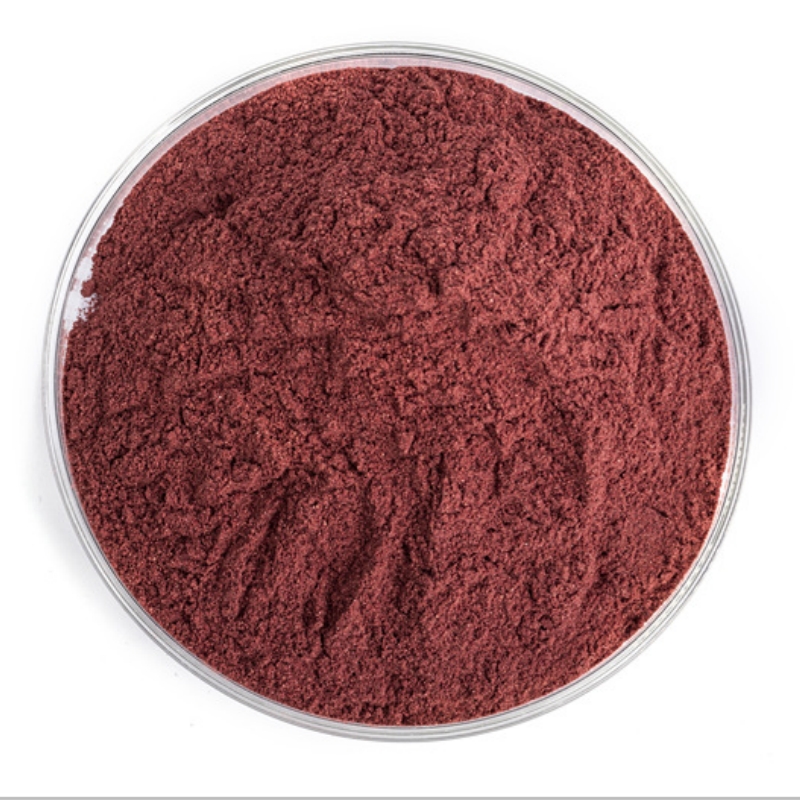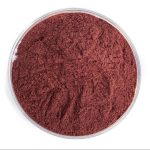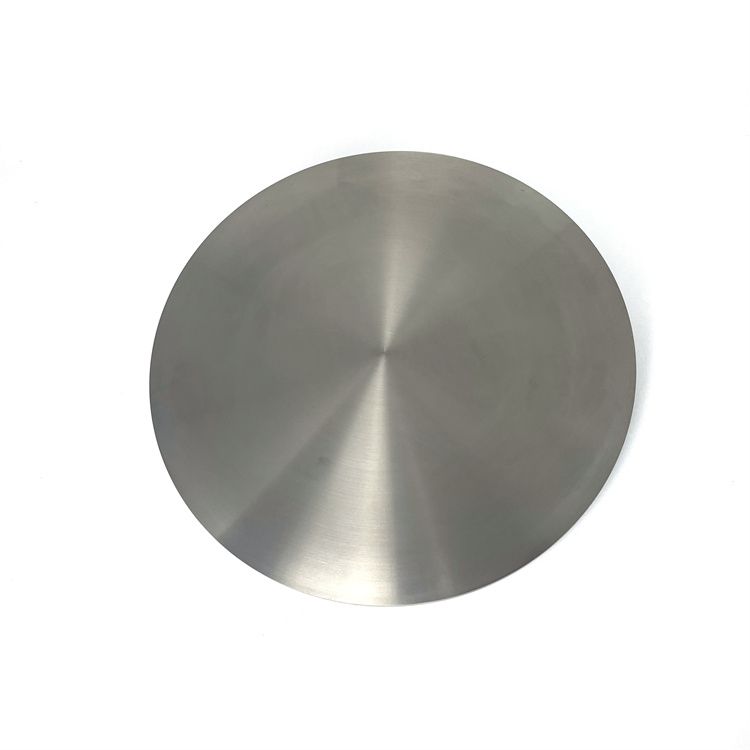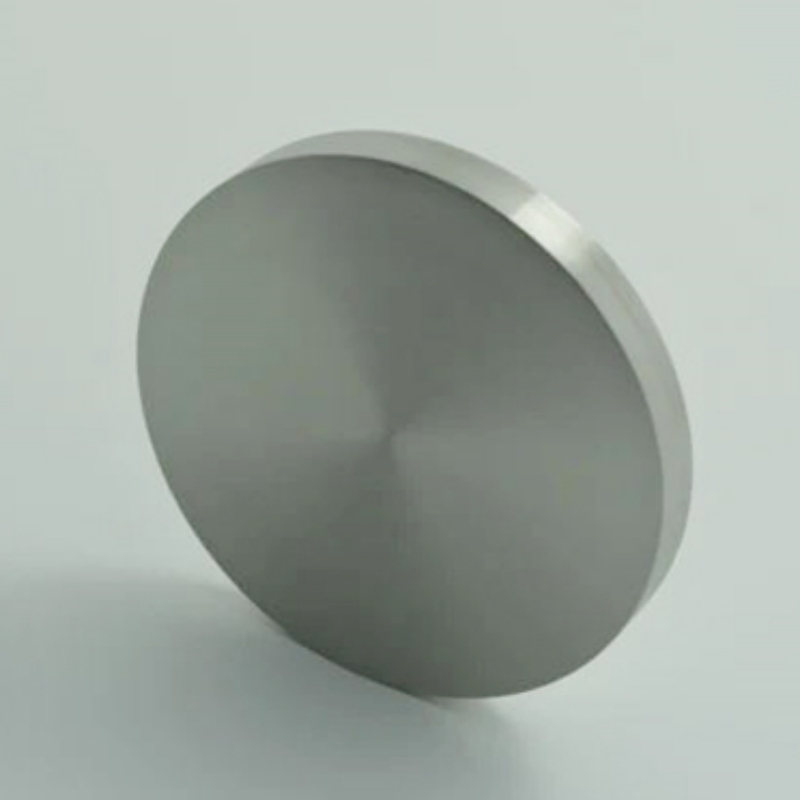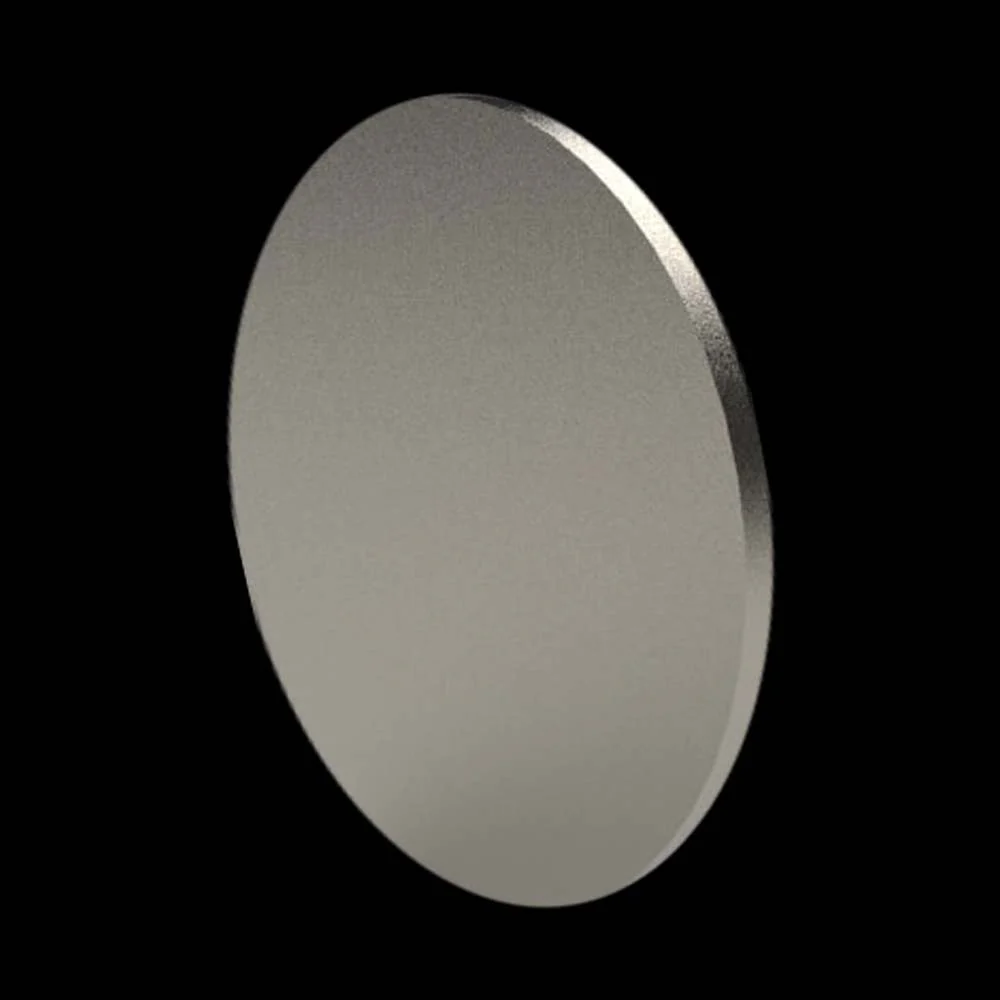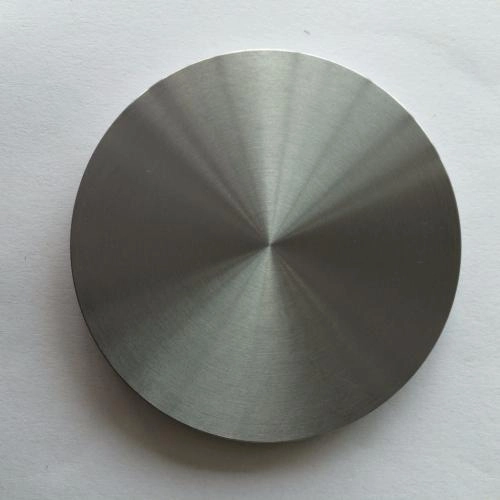Calcium Nitride (Ca3N2) is a high-performance inorganic compound known for its exceptional properties, including high thermal stability, excellent ionic conductivity, and strong chemical reactivity. This compound is primarily used in specialized applications such as chemical synthesis, material science, and electronics, where it serves in critical components exposed to high-temperature and reactive environments. Its unique chemical composition and properties make it suitable for demanding applications requiring reliability and high performance.
Product Overview
Calcium Nitride (Ca3N2) is a compound formed by calcium and nitrogen, appearing as red-brown crystalline solid. It undergoes hydrolysis when exposed to water, producing calcium hydroxide and releasing ammonia gas. Additionally, calcium nitride is soluble in dilute acids and decomposes in alcohol. It has a relatively high melting point, commonly used as a chemical reagent and additive.
Key Features
- Hydrolytic Nature: Reacts with water, releasing ammonia gas and forming calcium hydroxide.
- High Melting Point: Calcium nitride has a high melting point (1195°C), making it suitable for high-temperature applications.
- Versatility: Provides excellent thermal conductivity and impact resistance, useful for a variety of industrial applications.
Applications
- Chemical Reagent: Used as a primary material for the production of phosphors.
- Hard Alloys and Diamond Tools: Serves as a raw material for hard alloys and diamond tools.
- Metal Ceramics and High-Temperature Alloys: Acts as an additive in metal ceramics and high-temperature alloys.
- Electronics and Ceramics Industry: Due to its high-temperature resistance, impact resistance, and good thermal conductivity, it is widely applied in electronics and ceramics industries.
| Property | Content |
| Molecular Formula | Ca₃N₂ |
| CAS | 12013-82-0 |
| Density | 2.670 g/cm³ |
| Appearance | Reddish-brown Crystals |
| Molar Mass | 148.25 g·mol⁻¹ |
| Melting Point | 1195 ℃ |
| Solubility | Hydrolyzes with water |
 new material
new material

